Introduction – A Stone That Found Me Before I Found It
If you’ve been following my work for a while, you’ve probably noticed that light blue ring I often wear on my index finger. Yes, that one — the soft sky-blue stone that seems to glow differently in every light. That’s Turquoise, or as we lovingly call it in India, Firoza.
I often smile when people ask me, “Ma’am, why do you always wear that ring?” The truth is, Turquoise found me long before I found it. Long before crystals became the trend they are today, Firoza already held a powerful place in our traditions, cultures, and even wardrobes. From ancient kings to our modern-day celebrities — you’ll often spot someone wearing this serene blue gem, unaware that they’re carrying centuries of wisdom on their hand.
Let’s take a deep dive together into this beautiful stone — to understand its story, its science, its healing powers, and how you can welcome its magic into your life.
Are Turquoise and Firoza the Same?
Let’s begin by clearing one of the most common confusions — are Turquoise and Firoza two different stones?
No. They are the same gemstone.
“Turquoise” is the Western name, while “Firoza” (sometimes spelled Feroza) comes from the Persian word Ferozah, meaning victory. Isn’t that interesting? A stone that stands for calmness and balance, yet literally means victory.
In ancient Persia and India, Firoza was worn as a symbol of good fortune, protection, and success. Even today, astrologers often recommend it for those who need peace of mind, emotional balance, or a boost in communication.
So whether you call it Turquoise or Firoza — you’re talking about the same crystal, just seen through different cultural lenses.
The Science Behind Its Beauty
Let’s understand what makes Turquoise so unique.
It’s actually a combination of copper, aluminum, and phosphate, with a little water trapped inside its structure. The copper gives it that soothing blue shade, and when iron mixes in, it turns slightly greenish. So the more copper it has, the bluer it looks.
Turquoise is not a hard stone — it’s around 5 to 6 on the Mohs scale — which means it needs to be handled with care. But its beauty lies exactly in that softness. It carries a gentle, calming energy. Just like water that flows around obstacles instead of crashing into them.
It forms deep within the earth, in dry, copper-rich regions — often near deserts. Maybe that’s why it carries that sense of calm after chaos, peace after a storm.
The Oldest Gem in History
Turquoise is one of the oldest gemstones known to humankind. It’s not a modern discovery. Our ancestors adored it thousands of years before we even had the term “crystal healing.”
Let’s take a quick trip through history together:
- Ancient Egypt: The Egyptians called it “the gem of the heavens.” Queen Cleopatra was known to wear Turquoise jewellery, and Pharaohs were buried with it to protect their souls in the afterlife.
- Persia (Iran): In Persia, turquoise domes topped mosques to symbolize heaven touching earth. The best quality Firoza — sky-blue and flawless — came from Nishapur mines, and Persians believed it brought victory and protection from evil.
- Native Americans: The Navajo and Zuni tribes in the U.S. considered it sacred. They believed it connected the sky and the earth and brought rain and good fortune.
- India: Turquoise travelled here through Persian traders and quickly became part of our culture. The Mughals loved it, and even today, it’s a favourite among astrologers for bringing calm and clarity.
Isn’t it amazing that across the world, people who never met or spoke the same language all believed the same thing — that this blue stone holds divine protection?
Different Shades and Types of Turquoise
All turquoise is beautiful, but not all turquoise is the same.
Its colour can range from light sky blue to deep greenish blue. Some have fine black or brown lines (called matrix), while others are clean and solid.
Here’s how you can understand its types easily:
1. Persian or Iranian Turquoise – Famous for its clear, sky-blue colour and no visible lines. It’s the most valued and expensive type.

2. American Turquoise – Usually has spider-web-like dark patterns and comes from Arizona or Nevada. It’s equally powerful but visually more rustic.

3. Chinese Turquoise – Slightly greenish, often used in carvings and beads. 4. Treated or Stabilized Turquoise – Because natural turquoise is soft, many stones are treated with resin to make them stronger. These are still real but less expensive.
4. Treated or Stabilized Turquoise – Because natural turquoise is soft, many stones are treated with resin to make them stronger. These are still real but less expensive.
Whenever you buy turquoise, just remember — a very cheap one that looks too perfect is usually fake. Real turquoise has life, warmth, and slight imperfections — just like us.
Also read: Who Should Not Wear Pyrite: The Hidden Truth No One Talks About
How to Identify Fake Turquoise
This part is important.
There’s a lot of fake turquoise out there, and I’ve seen so many people unknowingly wear plastic or dyed stones thinking it’s real.
Here are a few simple tips I always give:
- Look at the colour. If it’s a very bright, artificial blue, it’s likely dyed. Real turquoise has a more natural, earthy shade.
- Feel the temperature. Real turquoise feels cool to the touch, while fake ones (plastic or resin) feel warm.
- Check the pattern. If the veins look painted on or too uniform, it’s not genuine.
- Scratch test (carefully!). Real turquoise is soft but doesn’t peel or flake.
- Ask the seller. A genuine crystal shop will always disclose if the stone is stabilized or treated.
When I buy crystals, I always trust my intuition as much as my eyes. If a stone feels lifeless or too “perfect,” it usually isn’t natural.
Healing and Energetic Properties
Now comes my favourite part — the energy of Firoza.
This stone is deeply connected to the Throat Chakra (Vishuddha). It helps you speak your truth, express your feelings clearly, and communicate with confidence.
If you often struggle to say what you feel, or fear being misunderstood — this is your stone.
Turquoise also balances emotions and brings peace to a restless mind. It’s perfect for those who overthink, carry anxiety, or feel emotionally drained. It brings a sense of calm, like taking a deep breath after a long day.
Here’s how it supports you emotionally and spiritually:
- Calms stress and anxiety
- Helps express thoughts clearly
- Heals emotional wounds gently
- Protects from negativity and envy
- Invites abundance and victory energy (Firoza literally means victory!)
- Balances the throat and heart chakra
It’s also said that turquoise changes its colour slightly depending on your health and emotions — becoming lighter or darker as your energy changes. Isn’t that fascinating?
How I Personally Use Turquoise
Let me share something personal with you.
A few years ago, before one of my biggest speaking events, I remember feeling anxious. I wanted everything to go perfectly, but I also wanted to speak from my heart. That morning, I wore my turquoise ring — the same one you’ve seen me wearing ever since.
As I sat in silence before the event, I held my ring, took a deep breath, and imagined a calm blue light flowing through my throat. When I went on stage, I spoke freely, with clarity, and felt like my words were coming from somewhere higher.
Since that day, turquoise has become my constant companion. It reminds me to speak my truth gently, to stay calm under pressure, and to trust my voice.
And I’ve seen similar transformations in others too — students, professionals, and even homemakers who start wearing turquoise and notice how their communication and self-expression improve.
How You Can Use Turquoise in Daily Life
Turquoise isn’t just for wearing as a ring or pendant. You can bring its energy into your life in many beautiful ways.
Here are some easy and effective ways to work with it:
- Wear it as jewellery – The best way to stay connected to its energy. A ring, pendant, or bracelet works beautifully. I personally prefer a ring on the index or little finger.
- Keep it at your workspace – Place a turquoise stone near your laptop or notebook. It keeps your energy calm during stressful meetings or creative work.
- Meditate with it – Hold the stone in your hand or place it on your throat while meditating. Visualize blue light clearing your communication channel.
- Use it in affirmations – Say, “I speak my truth with clarity and love.” Repeat this while holding the stone.
- Pair it with other crystals – Combine turquoise with Lapis Lazuli (for intuition), Rose Quartz (for compassion), or Clear Quartz (for amplification).
- Use it in water rituals (carefully) – You can place it near your water glass (not inside, since it’s porous) to infuse calm energy.
Cleansing and Charging Your Turquoise
Like every crystal, turquoise absorbs energy. It needs to be cleansed and recharged regularly. But remember — it’s a soft and porous stone, so avoid harsh methods.
Here’s how I cleanse mine:
- Smudge it with sage, suddhika, camphor, or palo santo.
- Keep it under moonlight overnight, especially on a full moon.
- Place it on a selenite plate for a few hours.
- Avoid direct sunlight, as it can fade the colour.
- Wipe gently with a soft cloth after wearing.
Treat your turquoise like you would treat a dear friend — with gentleness and care.
Who Should Wear Turquoise?
Turquoise is for everyone, but it’s especially powerful for:
- People who struggle to express their emotions or opinions
- People who want to bring fame and abundance into their life
- Those in professions involving communication, teaching, leadership, or public speaking
- Individuals dealing with anxiety, self-doubt, or low confidence
- Anyone who feels emotionally or mentally drained and needs calmness
- People who want to bring peace and balance into their relationships
Astrologically, turquoise is often recommended for Sagittarius, Pisces, and Aquarius — but truly, anyone drawn to its colour can wear it. I always say, the crystal chooses you.
A Small Ritual to Try
Here’s a simple daily practice I love sharing with my students and clients:
- Sit in a quiet place.
- Hold your turquoise in your palm or wear it on your finger.
- Take three deep breaths.
- Say softly:
“I release all fear and confusion.
My voice is calm, clear, and true.
I express my truth with love.”
- Imagine a blue light forming around your throat, gently expanding as you exhale.
Try doing this every morning for a week and notice how you feel — calmer, more confident, and more centered.
Final Thoughts – Calmness Is True Victoryx
To me, turquoise isn’t just a pretty blue stone. It’s a teacher — one that whispers, “You don’t have to shout to be heard.”
It reminds us that true power comes from calmness, not chaos. That communication isn’t only about speaking louder, but speaking clearer.
Every time I look at my turquoise ring, I’m reminded to be still, to trust my truth, and to carry peace even in busy days.
And if you’re reading this, maybe it’s calling you too.
Maybe turquoise is your sign to slow down, breathe, and listen to your own voice again.
Because in the soft blue of Firoza lies something far deeper — the victory of balance, of calm, and of being your most authentic self.
💙 With love and light,
Dr. Neeti Kaushik
For more information, visit our website: www.drneetikaushik.com











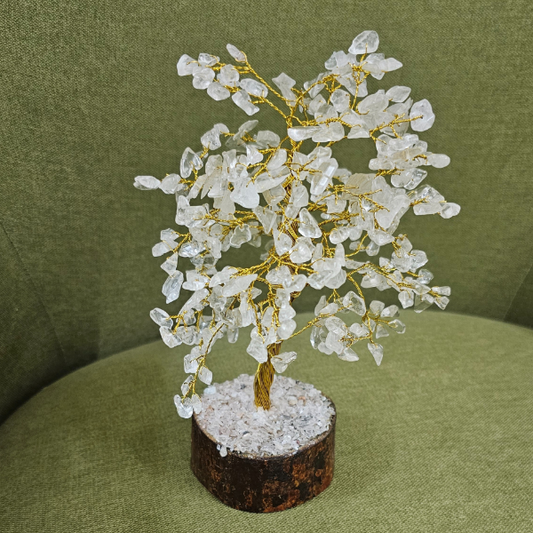



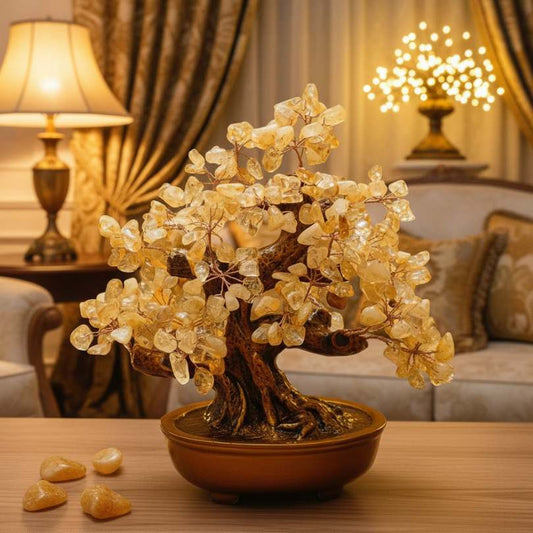





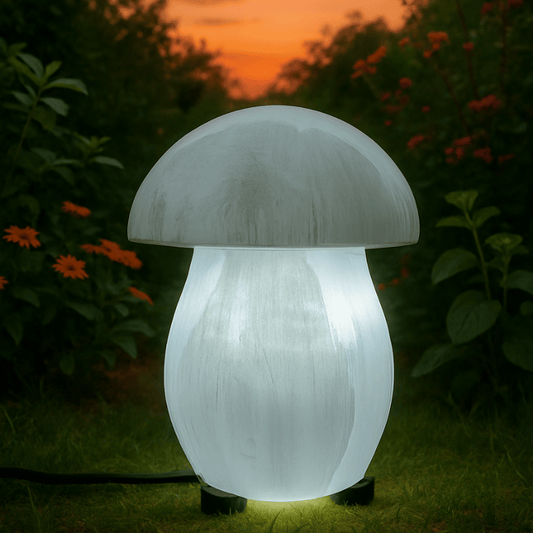




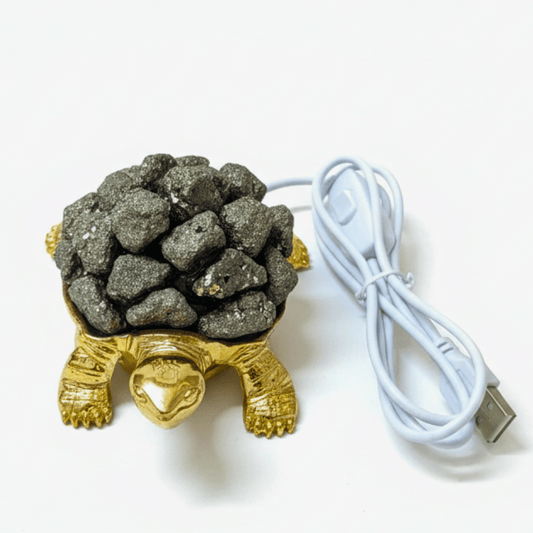

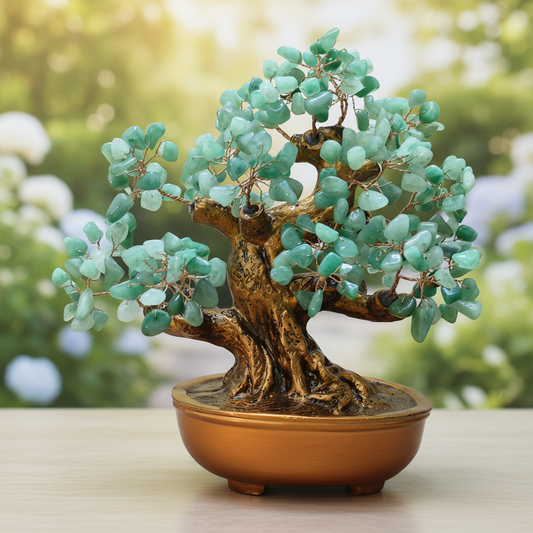
2 टिप्पणियाँ
Very insightful..truly enjoyed a lot while reading this article..especially to know that this crystal has soo much authenticity since ancient times..and how people gift them to each other or wear them for a good luck and unstoppable benefits
Deep and interesting facts about Firoza, all areas covered completely with clarity . Gratitude.